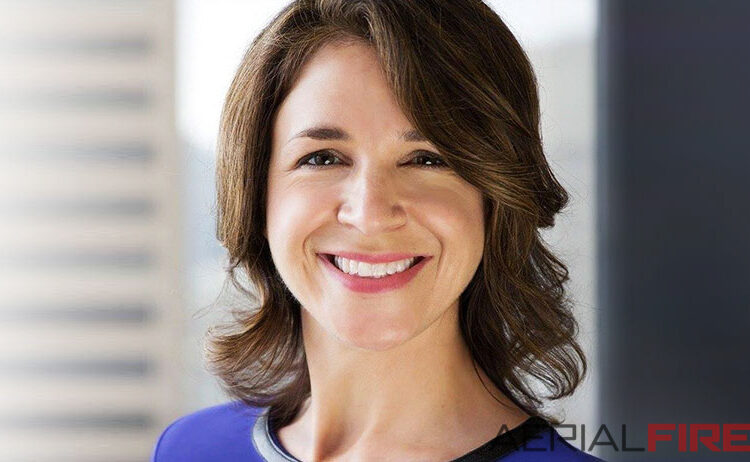OLYMPIA – Washington state has a wildfire crisis. In 2018, the Washington State Department of Natural Resources – the state’s largest wildfire fighting force – responded to more than 1,850 wildfires, a record high.
Across Washington, 440,000 acres burned. The costs to fight wildfires in this state each year are immense – averaging $153 million. And a changing climate and more development in the wildland-urban interface mean the threat of wildfire will increase.
More than 2.2 million homes in Washington now lie in the potential wake of wildfire, according to a recent U.S. Forest Service study that analyzed population centers against areas where wildfires are highly likely. To help Washington prepare and manage this escalating risk, Commissioner of Public Lands Hilary Franz today released Washington’s Wildland Fire Protection 10-Year Strategic Plan.
“Wildfire fire is not an east side or west side problem. It is not an urban or rural problem. Wildfire is a problem for all of Washington,” said Public Lands Commissioner Hilary Franz. “That is why we developed an ‘all lands, all hands’ approach, one that calls for urgent, transformative change in how our state confronts wildfire.
“If our firefighters can come together from different walks of life and unite for the common good of Washington, surely we can do the same and give them the support and training they need.”
The Strategic Plan, developed by DNR, reflects the input of nearly 1,000 Washingtonians, including experts from the U.S. Forest Service, Washington State Fire Marshal’s Office, and local fire agencies. The plan applies to all wildfire response agencies, as well as local emergency responders, forest health experts, and community members.
“We can’t stop fires from occurring, but we can stop doing the same things we’ve always done in dealing with them, said Chief Dave LaFave of Cowlitz 2 Fire & Rescue and the Washington Fire Chiefs Association. “The Wildland Fire Protection Strategy truly is a blueprint for success to create positive change in our forests and wildland urban-interface. This strategy gives us a balance and chance to make a difference.”






